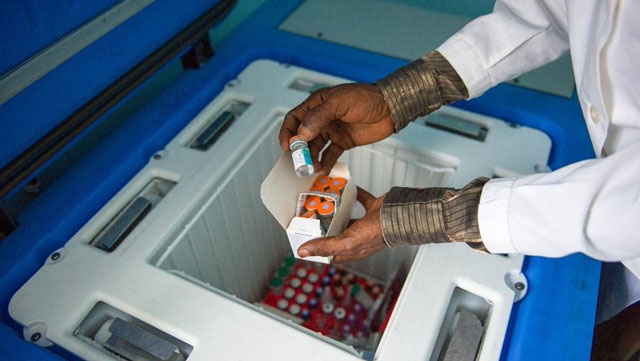
Uganda: Off-grid clean energy gap and case for stimulating private sector solutions
In Uganda, 35% of the population relies on kerosene for their lighting needs. Kerosene is a frequent cause of burns and poisoning among children, and the indoor air pollution created by burning kerosene is a significant health risk. But without lighting, children cannot study and businesses cannot remain open after the sun sets and darkens reigns.
According to World Bank (2016), 7 million households, or approximately 35 million people in Uganda are living off-grid — with no access to any form of electricity. The 2020 pronouncement by the Ministry of Energy says approximately 6.5 million households lack access to electricity.
Uganda’s Solar Energy Association reported that over the last 5 years, the private sector has demonstrated its ability to reach over 1 million families through Solar PayGo sales.
Between the year 2016 to 2018, the average monthly solar uptake grew by 16%. The pilot for the smart subsidy was deployed in Uganda, where only 30% of the population have access to electricity (Urban 82 %, Rural 18%).

These are families that no longer have to turn to kerosene or candles to keep their lights on after dark and can go about their days more safely than ever before. These are families who among others are now benefiting from the life changing benefits of phone charging, radio and television in the home, connecting them with loved ones and the wider world in a whole new way.
With over 22% of the population living below the poverty line, Uganda is an extremely price sensitive market. A global Smart Subsidy Scheme channelled through the private sector is therefore an urgent measure to scale solutions and help reach more families in Uganda and around the world.
Like most of Sub-Saharan Africa, an enabling infrastructure that includes a network of banks (agency banking stretches to grassroots), mobile money penetration and savings and credit cooperatives exists in Uganda to make deployment of smart clean energy subsidy seamless.
Off-Grid energy smart subsidy experiment in Uganda.
The Agency for Transformation grassroots research finds that low-income Ugandan households pay on average $0.05 – $0.15 (200 – 550 UGX) per day for their energy needs, which are often unsustainable and environmentally-unfriendly solutions. A 2019 pilot experiment tested whether a subsidy of as low as $0.027 cents would make a difference in driving energy access in Uganda.
A recent Agency for Transformation Public Policy Memo presents hypotheses, methodology, observations and conclusions of the experiment (below) with the view of providing insights and pointers for a global action on clean energy smart subsidy.
The experiment:
Based on more than a dozen pricing tests and insights from pricing changes over the years, a few hypotheses about how price subsidies could further expand energy access were developed:
- Price subsidies may enable PAYGo energy companies to reach proportionately more customers who fall into “low income” categories;
- Price subsidies may enable PAYGo energy companies to reach customers who are even of lower income than customers generally served by the sector today;
- Low income customers (across a broad range) will be able to experience more days of lighting and less days in the dark with a more affordable price plan;
- Low income customers will have a higher likelihood of finalizing their payment plan and achieving outright ownership of their energy product; and
- When PAYGo energy companies price in a way that optimizes for affordability among lower income customers, it can enable the sector to profitably and sustainably serve a customer base with typically lower repayment rates and high losses due to default.
 The Independent Uganda: You get the Truth we Pay the Price
The Independent Uganda: You get the Truth we Pay the Price


